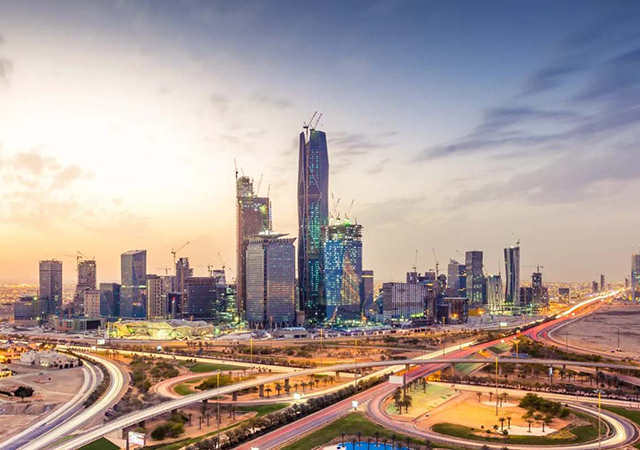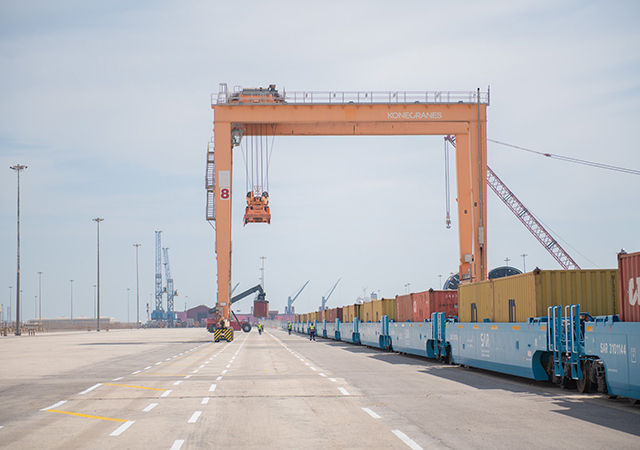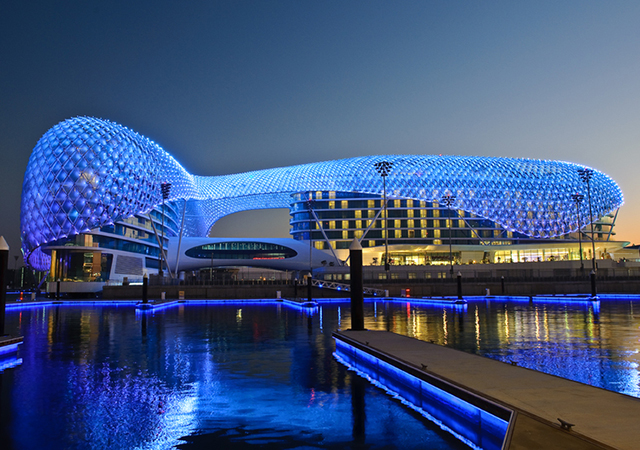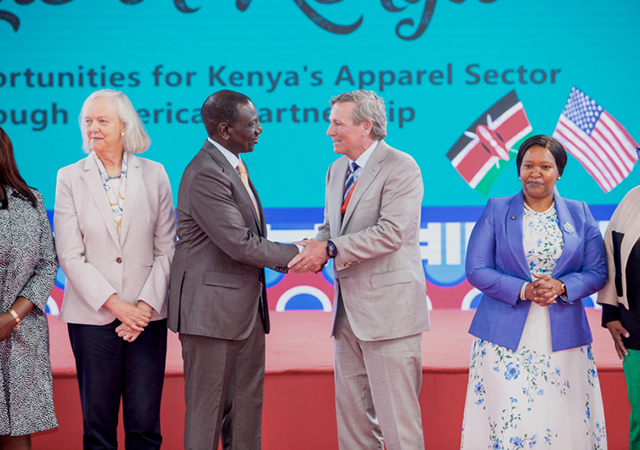
The UAE leads the Mena region with 47 industrial parks, followed by Jordan with 16, Saudi Arabia and Egypt with 10 each, Oman with five, Kuwait with four and Bahrain three, according to a whitepaper released by Abu Dhabi Ports.
The ‘Key Considerations in Industrial Park Selection – Bringing Predictability to Long-Term, Capital-Intensive Investment’, whitepaper addresses key factors for local and global manufacturers preparing to set up in any one of the close to 100 industrial parks active across the Mena region.
Abdullah Al Hameli, Head of the Industrial Cities and Free Zone cluster, Abu Dhabi Ports said: “Understanding that policies need to be set in place with the acceptance that they are to continuously evolve is important. It is a critical viewpoint that has enabled the UAE to find success with the development of Economic Zones.
“This has been particularly the case with Abu Dhabi within the industrial parks sector, where the emirate, under the guidance from its leadership, has established a robust economic climate with one major objective — achieve competitiveness for investors and businesses to operate by offering value-driven products.”
Industry experts interviewed for the whitepaper said that the location of an industrial park is of prime consideration for most businesses. It not only determines access to markets but also factors in whether other enablers –human resources, raw materials, vendor ecosystem, and social infrastructure – are all readily available and within close geographic proximity.
Multimodal connectivity and logistics capability are also crucial considerations for companies in their selection of an industrial park. For example, Abu Dhabi’s industrial zones, which are strategically located with access to over 100 worldwide markets through land, air, and sea, provide a perfect scenario for most companies.
Furthermore, the whitepaper examined other key considerations taken by companies, such as the ecosystem, incentives, and financing factors, against the backdrop of the current global economic climate.






















